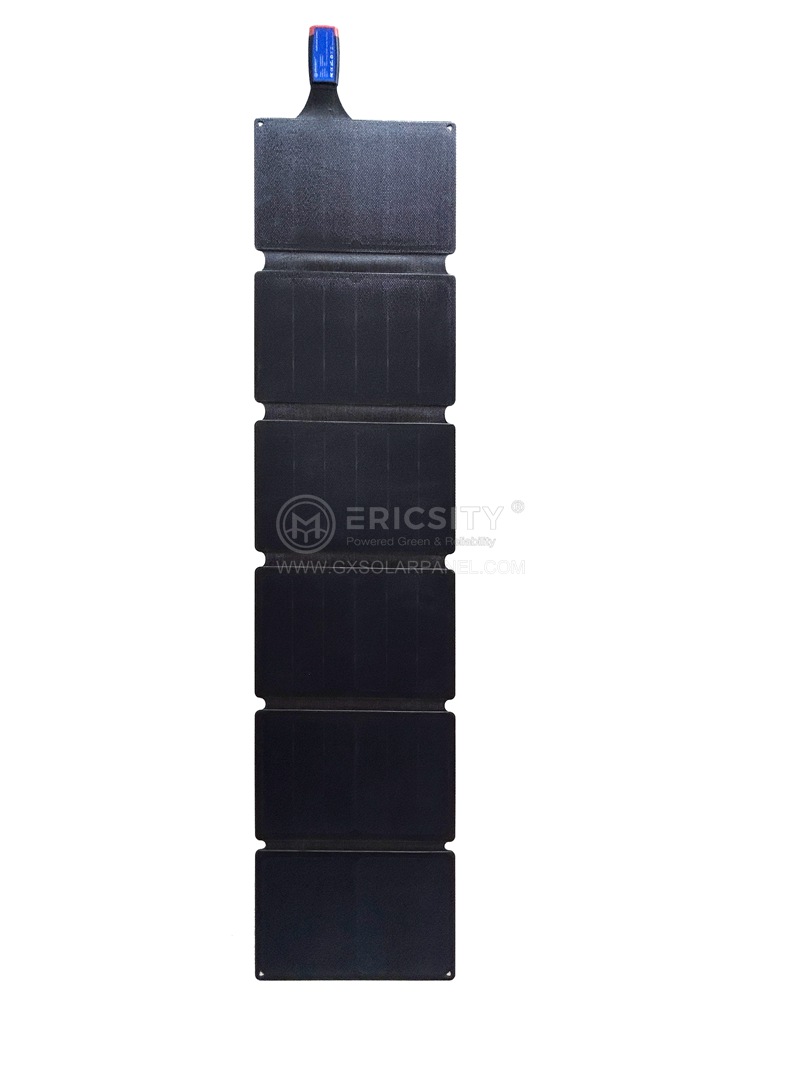HOT PRODUCT
Product Details
Breaking Down The Numbers: What To Expect From High-watt Flexible Panels
Breaking Down The Numbers: What To Expect From High-watt Flexible Panels
In recent years, there has been a significant advancement in solar panel technology with the emergence of high-watt flexible panels. These panels, known for their increased efficiency and flexibility, have revolutionized the solar industry. But what exactly can we expect from these high-watt flexible panels in terms of energy production and their impact on our environment? Let’s break down the numbers and find out.


Firstly, it’s important to understand what makes high-watt flexible panels different from traditional solar panels. Traditional panels are rigid, made from crystalline silicon cells, and have limited flexibility when it comes to installation. On the other hand, high-watt flexible panels utilize thin-film solar cells, which are lightweight and can be bent or molded to conform to curved or irregular surfaces. This flexibility offers numerous advantages, such as easier installation, improved aesthetics, and increased productivity.
When it comes to energy production, high-watt flexible panels have proven to be quite efficient. They convert sunlight into electricity at an impressive rate, even in low light conditions. Traditional solar panels typically have an average efficiency of 15-20%, whereas high-watt flexible panels can achieve efficiencies of 20-25%. This means that these panels can generate more electricity per square meter compared to their rigid counterparts. As a result, high-watt flexible panels are an attractive option for spaces that have limited surface area for solar installations, such as rooftops or vehicle surfaces.

Another key advantage of high-watt flexible panels is their durability. Due to their thin-film technology, they are less prone to cracks and breakage, making them more resistant to harsh weather conditions. Additionally, their flexibility allows them to withstand wind, hail, and even minor impacts much better than traditional panels. These properties make high-watt flexible panels a long-lasting and reliable option for solar energy generation.
High-watt flexible panels also have a positive environmental impact. The manufacturing process for thin-film solar cells requires less energy and results in lower emissions of greenhouse gases compared to the production of crystalline silicon cells. Additionally, the flexibility of these panels allows for their integration into various applications, expanding the possibilities for harnessing solar energy. From solar-powered vehicles to portable chargers, high-watt flexible panels contribute to a more sustainable future by providing clean and renewable energy sources.
While high-watt flexible panels offer numerous advantages, they are not without limitations. The current cost of these panels is higher compared to traditional solar panels, mainly due to the use of advanced thin-film technology. However, as demand grows and technology advances, it is expected that the prices will gradually decrease, making them more accessible to a wider audience.
In conclusion, high-watt flexible panels are revolutionizing the solar industry by offering increased efficiency, flexibility, and durability. Their ability to generate more electricity per square meter, even in low light conditions, makes them an attractive option for various applications. Moreover, their environmental impact is positive, as the manufacturing process is more energy-efficient and produces fewer greenhouse gas emissions. Although currently more expensive, as technology progresses, high-watt flexible panels are expected to become more affordable. With all the benefits they offer, these panels are a promising solution for a brighter and greener future.
Word count: 700




